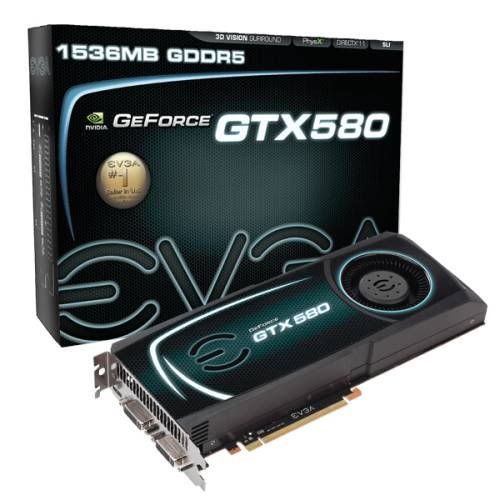I am a PC gamer, and PC is my prefered platform for games, as long as they will exist. However, looking into my crystal ball I can see that the PC gaming will die, because home PC themselves will die! The devices like iPad will rule at home, and as a result PC will be used mostly for work and at work. There will be less and less incentives to produce PC game, at the same time more and more games will come to iPad like devices.
It will not happen tomorow, but in 10 years I will bet that most homes will not have PC, but rather iPad-like device, or something build into TV...
MxM
AMD Ontario vs Intel Atom vs NVIDIA Tegra 2

Notice how tiny is AMD Bobcat's X86 decoders.
In terms of transisiors packing engineering skills, NVIDIA and Intel has yet to match AMD(ATI).
AMD Radeon HD 5800(2.1billion transisiors, 334mm^2) and 6800(1.7billion transisiors, 255mm^2)'s die sizeis still smaller than NVIDIA's Geforce GTX460 (1.95billion transisiors 367mm^2).
---
From http://www.anandtech.com/show/2911/2
NVIDIA Tegra 2 has die size of 49mm^2 and ARM Cortex A9 occupy around 10% of the total die area i.e. 4.9mm^2. AMD Bobcat (Out of Order, TSMC 40 nm) has 4.6mm^2, which is already striking distance of ARM Cortex A9 (Out of Order, TSMC 40 nm).
AMD Ontario,400 million transisiors/ 74mm^2 = 5.4 million transisiors per mm^2
NVIDIA Tegra 2, 260 million transisiors/ 49mm^2 = 5.3 million transisiors per mm^2
------------------------------------------
AMD Radeon HD 5800, 6.287 million transisiors per mm^2
AMD Radeon HD 6800, 6.67 million transisiors per mm^2
NVIDIA Geforce GTX460, 5.31 million transisiors per mm^2
------------------------------------------
AMD easily beat NVIDIA in transisiors per mm^2.
Benchmarks between ARM Cortex A9 vs Intel Atom from http://greenm3.typepad.com/.a/6a00e54f92c99e88340133ed275c68970b-piwhich shows thatboth CPUs are similar in performance levels.
We know AMD Bobcat beats Intel Atom.


Log in to comment